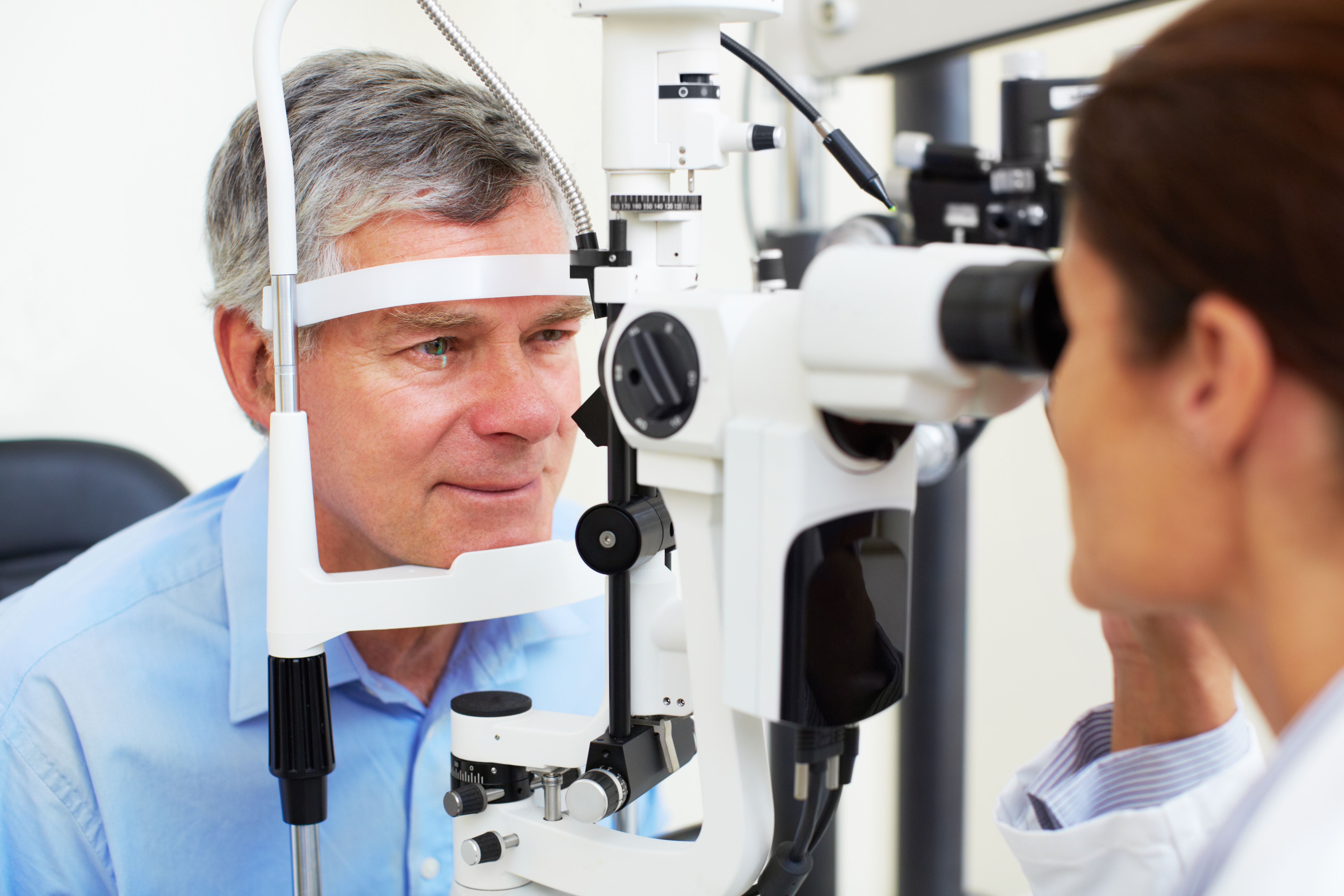WHAT IS DIABETIC EYE DISEASE?
Diabetes mellitus, commonly known as diabetes, is the leading cause of vision loss in adults aged 20–74 years. An estimated 30.3 million people have diabetes — including people with type 1, type 2, and gestational diabetes, and more than a third of those show signs of retinopathy.
Diabetic retinopathy occurs when diabetes damages the blood vessels in the retina. These weakened or damaged blood vessels cause swelling or fluid leakage in the back of the eye, which distorts your vision.
There are two types of diabetic retinopathy: nonproliferative and proliferative.
- Nonproliferative diabetic retinopathy refers to the early stages of the disease. In this early stage, weakened blood vessels leak fluid and distort sight.
- Proliferative diabetic retinopathy is the advanced stage of the disease. In advanced diabetic retinopathy, new blood vessels grow around the retina and in the vitreous humor (a clear substance inside the eye). These fragile blood vessels can burst and blur vision if left untreated. They may also cause scar tissue or retinal detachment.


